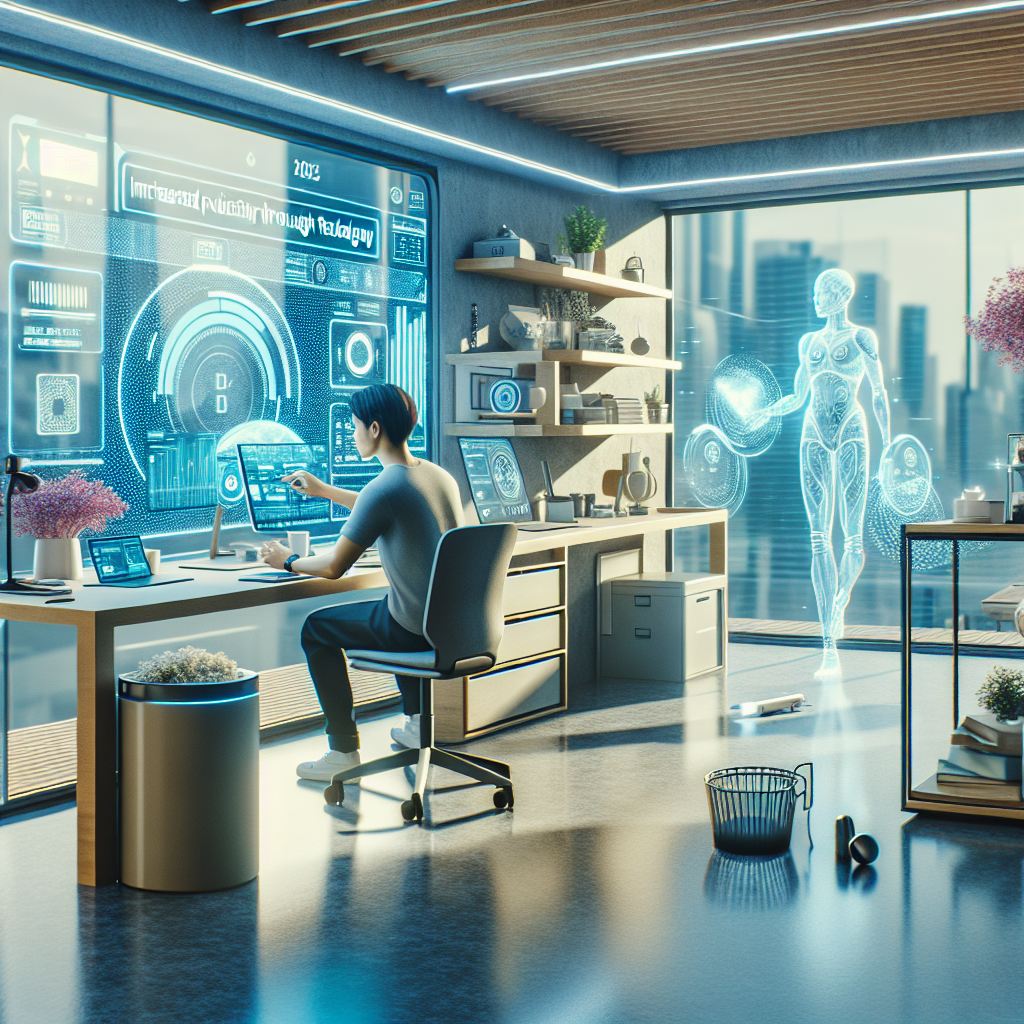Captivating the imagination of tech enthusiasts worldwide, the story of a 1 MHz Atari 2600 besting ChatGPT at chess offers a surprising lesson in computing power and strategy. While ChatGPT represents state-of-the-art artificial intelligence with its vast language and reasoning capabilities, this quirky matchup reveals how raw processing speed isn’t always the sole determinant of success in complex games. In the realm of ChatGPT chess challenges, the Atari 2600’s clever programming and optimized tactics created an unexpected edge, turning heads and sparking conversations about AI’s evolution in gaming. This article dives deep into how a vintage gaming console outsmarted one of the most advanced AI language models, exploring the technical nuances and practical lessons chess fans and technology aficionados can appreciate.
Understanding the Atari 2600’s Computing Capabilities
The Atari 2600, launched in 1977, was groundbreaking for its time, powered by a 1.19 MHz MOS Technology 6507 processor and just 128 bytes of RAM. This modest hardware set the stage for countless classic games, showcasing programming ingenuity within tight constraints. While the Atari 2600’s clock speed pales compared to modern standards, its design emphasized efficiency, simplicity, and specialized game routines.
How did such limited hardware manage a chess game? It leveraged extremely optimized code for move generation and evaluation, sacrificing complex heuristics for speed and predictability. The Atari’s processor executed low-level instructions directly related to game states, using customized memory management techniques to operate swiftly within its 1 MHz environment.
Key aspects include:
– Minimalistic data structures tailored for chess moves and positions.
– Fast bitwise operations to calculate moves and detect threats.
– Use of lookup tables to expedite common chess scenarios without real-time computation.
These strategies allowed the Atari 2600 to “think” several moves ahead within a fraction of the time a natural language AI like ChatGPT would take to generate logical output.
Unlocking the Power of Specialized Chess Programming
Unlike ChatGPT, a neural network trained on massive text corpora, the Atari 2600 chess program was purpose-built for this singular task. This specialization offers several advantages:
1. Dedicated Algorithms: The Atari’s chess engine uses algorithms specifically tailored for chess, such as minimax search and alpha-beta pruning, which prune the decision tree efficiently.
2. Real-Time Optimization: The code runs in real-time with minimal abstraction layers, increasing responsiveness without heavy interpretative overhead.
3. Controlled Environment: The chess program runs in a closed system, ensuring consistent performance unaffected by external computational loads or multitasking.
In contrast, ChatGPT’s generalist AI architecture interprets inputs across diverse domains, focusing on language and contextual responses rather than exhaustive game-tree analysis. This discrepancy underscores why ChatGPT chess strategies may not outperform specialized engines, especially under hardware-limited conditions.
Lessons from the ChatGPT Chess Matchup
This Atari versus ChatGPT showdown shines a light on several broader insights into AI, computing, and specialized programming:
– Raw Speed Isn’t Everything: While ChatGPT operates on powerful servers, its architecture prioritizes language prediction, making it slower at pure game-state calculations compared to a minimalist, targeted chess program.
– Specialization Beats Generalization in Niche Tasks: Tailoring algorithms intricately for a domain like chess achieves performance boosts unattainable by versatile models simultaneously managing multiple tasks.
– Legacy Hardware Still Holds Value: The Atari 2600’s success proves old technology can compete when ingenuity and purpose-driven design align.
To further illustrate, consider the following breakdown comparing Atari 2600’s chess approach versus AI language models like ChatGPT:
| Aspect | Atari 2600 Chess | ChatGPT Chess |
|—————————-|—————————————————|——————————————————-|
| Hardware | 1 MHz processor, 128 bytes RAM | High-end GPUs/TPUs, multi-core CPUs |
| Focus | Specialized move evaluation and search | General language prediction with chess reasoning |
| Algorithm | Minimax search with alpha-beta pruning | Pattern recognition based on vast language data |
| Decision speed | Milliseconds per move | Seconds to tens of seconds per move |
| Flexibility | Limited to chess domain | Multi-domain, including language, coding, reasoning |
How ChatGPT Chess Evolved: Strengths and Limitations
Despite being a generalist AI, ChatGPT has demonstrated impressive capabilities in playing chess, composing creative strategies, and explaining complex moves. Its strength lies in understanding human commentary, adapting to novel play styles, and simulating opponent behavior.
Strengths include:
– Contextual explanations of moves and consequences.
– Generating human-like game analyses and teaching aids.
– Flexibility to learn from diverse chess literature and player styles.
However, limitations become apparent in raw competitive performance:
– Search Depth Limitations: Unlike dedicated engines, ChatGPT lacks deep, real-time tree-search capabilities intrinsic to chess engines.
– Computational Overhead: Processing natural language and synthesizing responses takes significantly longer than executing raw chess computations.
– Lack of Real-Time Board Evaluation: ChatGPT relies on learned patterns and probability, not explicit evaluation of chess positions.
This distinction clarifies why, amid ChatGPT chess matches, the Atari 2600’s tightly-coded chess engine can deliver timely and optimized moves, leveraging its domain-focused architecture.
Bridging the Gap: Future of AI and Chess Strategy
The Atari 2600’s unexpected victory over ChatGPT at chess invites speculation about future AI developments in gaming. The key takeaway is that combining specialization with general-purpose AI could yield powerful hybrid systems.
Emerging trends include:
– Hybrid AI Models: Integrating neural language models with classical chess engines to merge explanation skills with optimal move choice.
– Lightweight, Embedded AI: Creating chess programs suitable for low-power devices like smartwatches or IoT gadgets, inspired by vintage hardware success.
– Enhanced Training Regimens: Using reinforcement learning to improve language models’ understanding of game logic and strategy depth.
For chess enthusiasts and AI researchers alike, this intersection between old-school computing and modern machine learning offers exciting pathways for innovation.
What Chess Players Can Learn from the Atari 2600 and ChatGPT Chess Duel
Chess players seeking to improve their game can extract several practical strategies from this quirky matchup:
– Focus on Fundamentals: Just like Atari’s chess code, mastering core chess principles is critical before exploring complex strategies.
– Embrace Efficiency: Time management is vital in chess; efficient move calculation trumping quantity of moves considered sometimes decides wins.
– Explore Hybrid Training: Combining computer analysis with human intuition, mimicked by hybrid AI models, can enhance your playing skills.
Moreover, analysing games through different “lenses”—from brute-force engines to contextual AI linguistics—provides a richer understanding of chess dynamics.
Dive Deeper into AI and Technology Insights
For those fascinated by the convergence of vintage gaming and modern AI, numerous resources detail the evolution of chess engines and neural networks. Popular platforms like Chess.com and Lichess offer insights into engine ratings, AI breakthroughs, and gameplay analysis. To explore the technical underpinnings of Atari 2600 programming or delve into AI development best practices, check out [Atari Archives](https://atarimania.com) or OpenAI’s official publications.
Harnessing Nostalgia and Innovation Together
The tale of a 1 MHz Atari 2600 outperforming ChatGPT at chess reminds us that technological marvels are often context-dependent. While modern AI shines across many tasks, specialized hardware and algorithms still have remarkable potency in focused domains. This fusion of nostalgia and innovation inspires fresh perspectives for creators, coders, and gamers alike.
If you’re intrigued by how automation and AI can transform your projects or workflows, consider partnering with experts who blend cutting-edge technology with practical implementation. Visit https://automatizacionesaiscend.com to find out how our solutions can elevate your tech game today. Embrace the legacy of old and the promise of new—because sometimes, the smartest moves come from the simplest machines.



